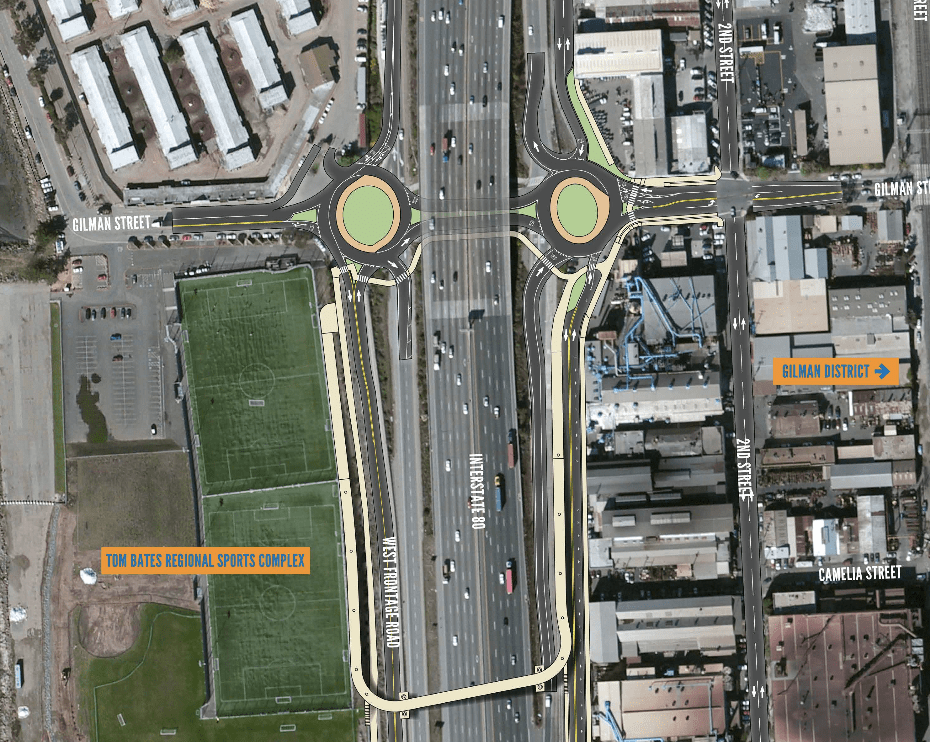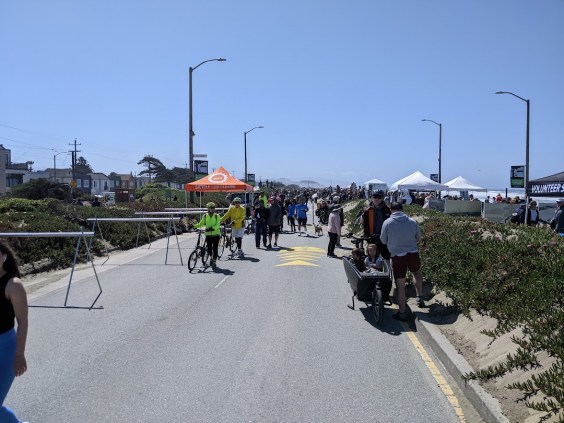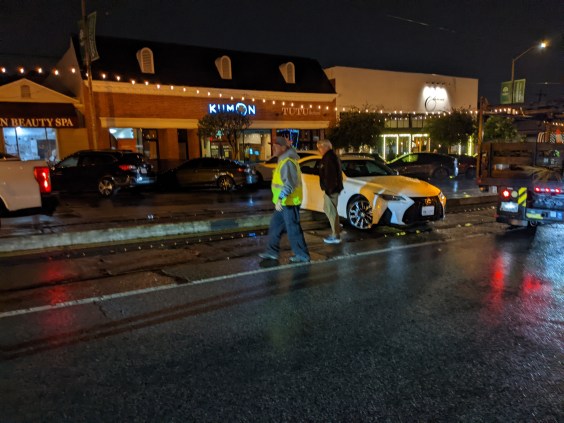Note: GJEL Accident Attorneys regularly sponsors coverage on Streetsblog San Francisco and Streetsblog California. Unless noted in the story, GJEL Accident Attorneys is not consulted for the content or editorial direction of the sponsored content.
At its monthly meeting on Wednesday, the California Transportation Commission funded a few more Active Transportation Program projects. Twenty-two projects that had already been awarded money were moved forward to begin receiving funds to start work either this year or next. In addition, 24 projects that had previously applied, but not been awarded any money because of lack of funding, were approved for funding.
This ATP augmentation was made possible by the newly increased state gas tax, which added $100 million annually to the Active Transportation Program. ATP remains a tiny portion of the overall state transportation budget, and it's supposed to do many things:
- Increase the proportion of biking and walking trips
- Increase mobility and safety for people who aren't in vehicles
- Help achieve greenhouse gas reduction goals
- Enhance public health by increasing access to active modes of transportation
- Ensure disadvantaged communities fully share in program benefits
- Provide a broad spectrum of projects to benefit many types of active transportation users
The 24 new projects requested $32 million in ATP funds toward overall project budgets totaling over $95 million. About a third of the money will fund Safe Routes to Schools projects, and 97 percent of the funds will benefit disadvantaged communities, according to the way the ATP program measures those benefits.
These projects were submitted by the large Metropolitan Planning Organizations. Other projects have already been adopted in the statewide competition and among rural and small urban areas, which compete on their own. Projects that weren't chosen in the statewide competition were eligible to compete in this regional submission.
Projects were approved in the Fresno, Bay Area, Sacramento, San Diego, San Joaquin, Stanislaus, and Tulare regions. Projects in the Kern, Southern California, and Tahoe regions will be considered at the January commission meeting. All told, the MPO component will receive about forty percent of this round's available funding, or about $76.8 million.
The commission notes that adopting these projects is not authorization to begin work on a project; contracts may not be awarded nor work begun until money is allocated to the individual project by the commission.
Commission staff included the sample list of some of the projects that were approved below. The full list will be available at the CTC website soon (this post will be updated when it's available):
- Fresno County will install sidewalks and curb ramps in Biola.
- Alameda County Transportation Commission was awarded funds for planned improvements to the I-80/Gilman interchange project, where a double roundabout has been proposed to solve a tricky intersection, and planners have suggested putting pedestrians and bicyclists on an overcrossing.
- Sacramento County was awarded funds for bicycle and pedestrian improvements on Howe Avenue, including a half mile of bike lanes and new sidewalk, and modification of two intersections, including bike traffic signals.
- In San Diego, the city of Vista will get a connection between the Inland Rail trail and the Civic Center rail station, including improvements like lighting and benches.
- San Joaquin County will construct sidewalks, bike paths, and curb ramps to improve pedestrian and bicycle access to Elmwood Elementary School.
- Stanislaus County will get money for sidewalk improvements, bike lanes, and improved pedestrian crossings along the Morgan Road corridor in the city of Ceres.
- In Tulare County, the city of Visalia will build a multi-use trail connecting to the Visalia Greenway Belt Trail.
Support journalism that covers the issues you want to know about. Streetsblog California reports on issues few media outlets cover, and we can't do it without you. Click here to donate today.






